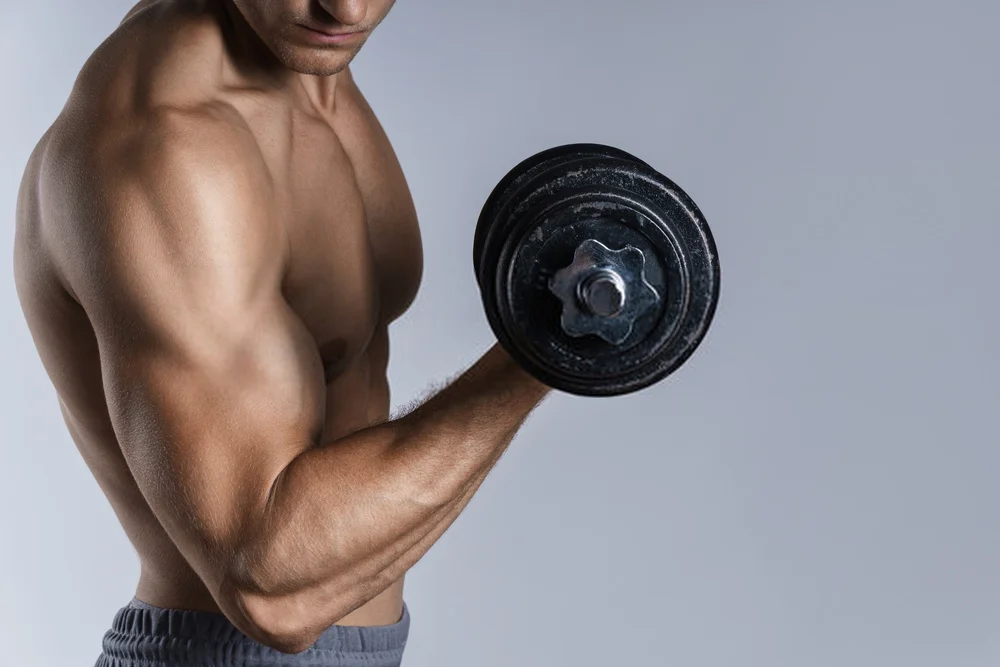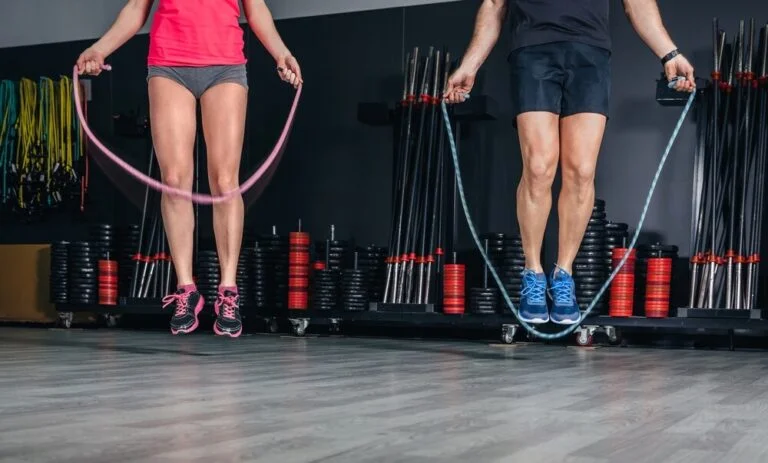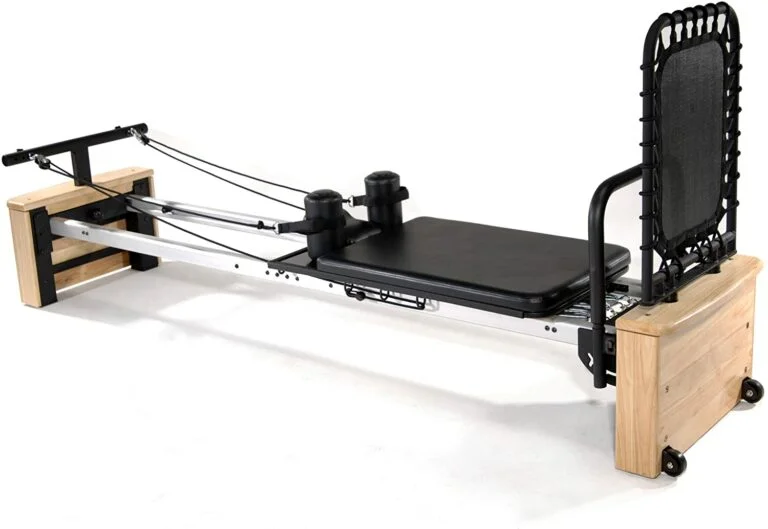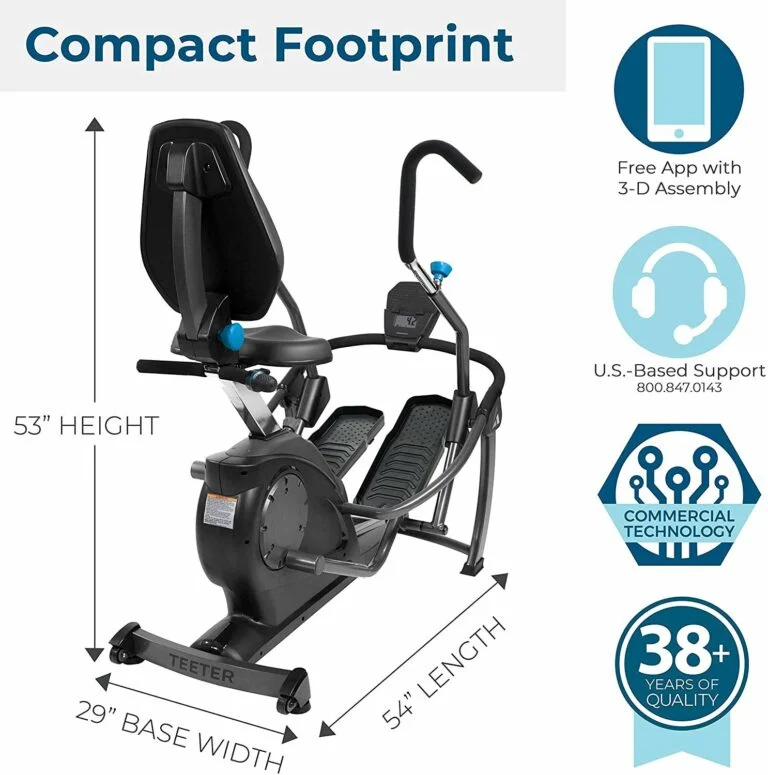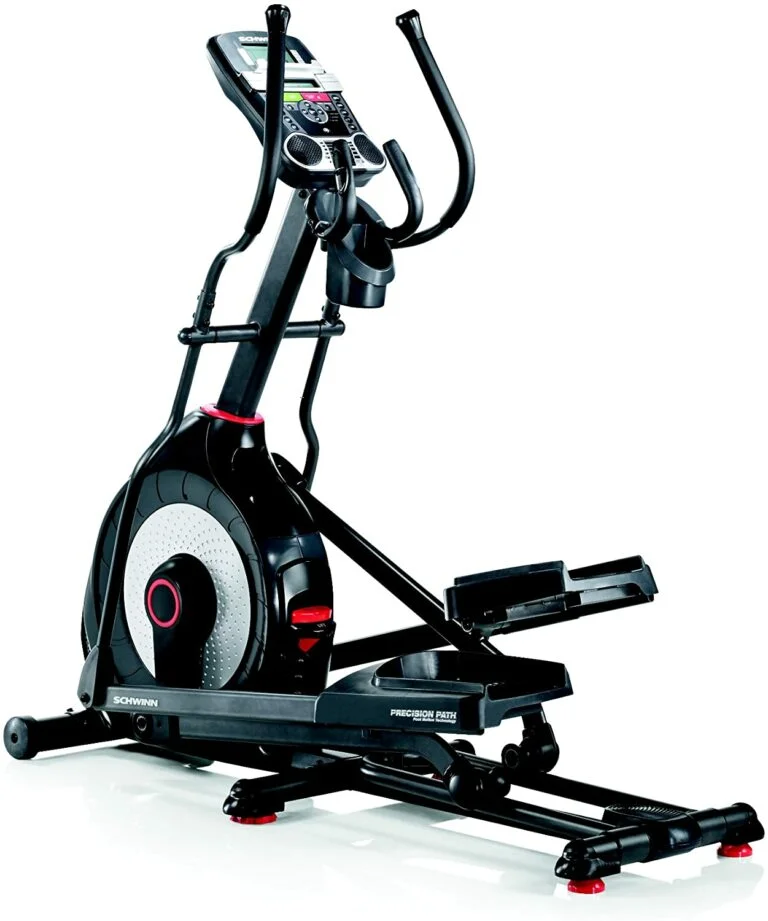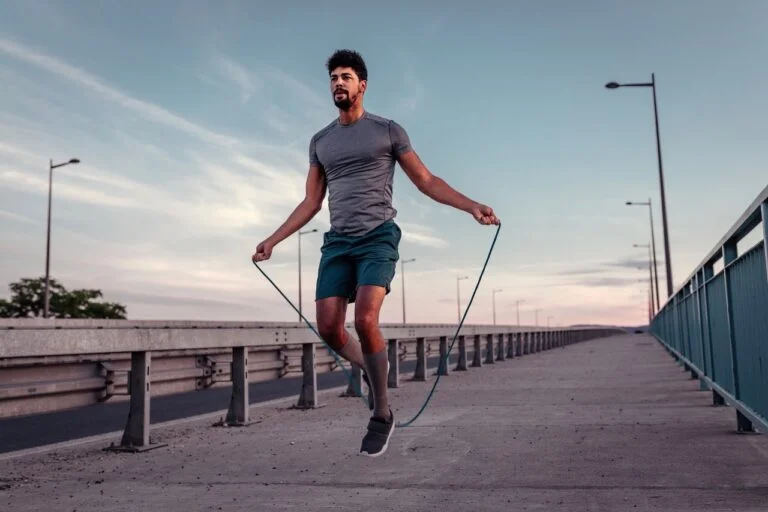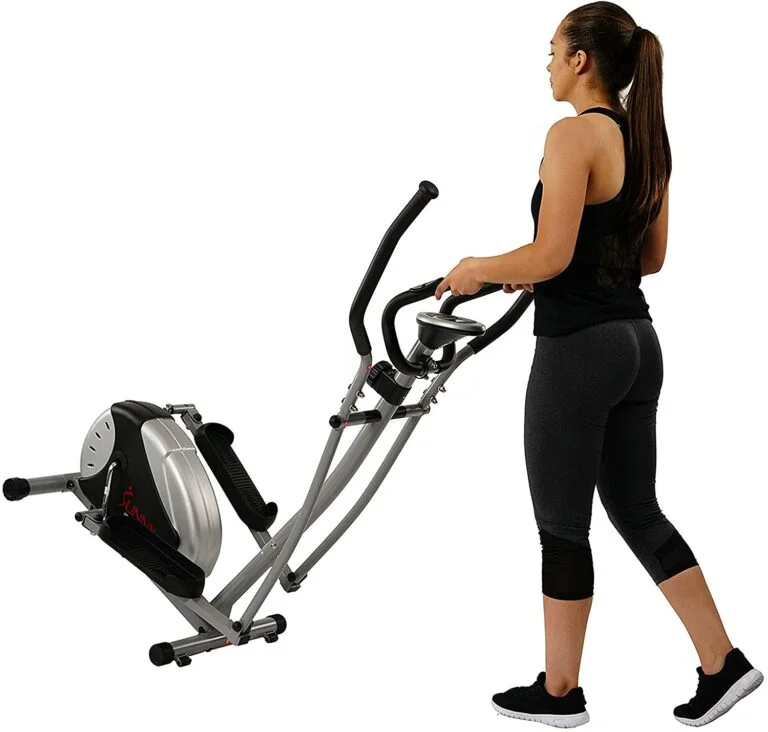Does Jump Rope Build Muscle?
Have you been exercising with rope jumps recently and wondering if it can build you muscles?
The short answer is yes: there are many benefits to doing a jump rope workout, including increased endurance, improved cardiovascular health, and even better bone density.
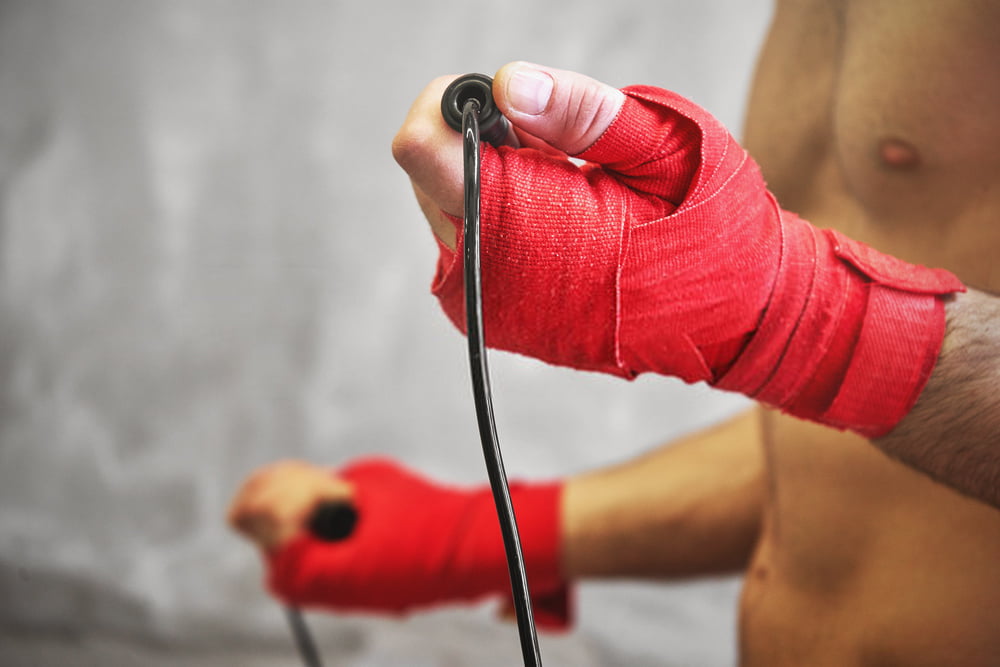
Thanks to its high-impact nature, it can also help you reduce joint pain and improve range of motion. However, it’s important to note that jumping knee-high on a weightless rope will not build any muscle whatsoever.
In this article, you’ll find out how jump rope training works, what muscles are targeted, and what exercises work best to build muscle.
The jumping rope is an efficient cardiovascular exercise. The basic jump rope technique involves alternating between arms, legs, and a hopping motion while swinging the ropes back and forth in front of the body at waist level or higher.
The hands must be at least six inches apart to allow the rope to rotate freely. This is a simple and effective way to work the calves, quadriceps, hamstrings, glutes, upper arms, abdominals, and lower back.
There are two ways that jumping rope can help build muscle: aiding in muscular endurance and increasing the number of overall repetitions performed during cardio workouts.
How to build muscle with skipping?
Advanced athletes and martial artists know how to skip for maximum calorie burn and muscle development.

The basic movement of skipping rope is to swing the rope up and down in front of you, keeping it as close to your body as possible. The motion involves alternating your legs, with one going into the air while the other swings the rope.
As one foot touches down, your hands should reach their highest point. To make sure you're using the correct form, focus on keeping your core tight so that you're not swinging away from your body.
One way to get more repetitions when it comes to jumping rope is to increase the distance of your jumps. Aim for about 1.5-2 feet above your head at all times. This will ensure that you have an aerobic workout while still using good form and building up your muscle tone.
The most common mistake people make while jumping rope is that they don’t use enough rest time between sets.
The key with jump rope workouts is always to keep a steady pace, and rest periods should never last longer than thirty seconds or one minute, depending on the intensity of your workout.
Which muscles do jump rope exercises target?
You are working every muscle mass in your body when you jump rope. The only problem is that they are such small muscles that it is hard to notice the effects of skipping rope.
However, enhanced endurance and improved cardiovascular health can both be attributed to building muscle through jumping ropes.
When jumping rope, you will use most of your leg muscles, including shoulders, forearms, calves, quads, hamstrings, and adductors. The upper body must also work to keep the rope in motion.
Jumping rope does not build muscle on its own. Instead, it is a form of cardio work that helps to improve your overall strength and endurance.
It is a great way to get in shape and improve your overall fitness level. You can burn almost double the calories you would while walking is a great way to get in shape and shed a few pounds.
The body is working hard to keep moving, and as your leg muscles move, they are forced to work harder than usual to keep the body upright. Therefore, this method of working out is more challenging than other methods such as weight lifting or running.
Which exercises work best for building muscle with skipping?
There are plenty of different types of jumping rope workouts that will help you to build the strength and endurance necessary to work out at home on your own.

The best out there are the HIIT and Tabata workouts.
HIIT
High intensity interval training is another cardio method that will help you lose weight and build endurance.
In a HIIT workout, you will alternate between short, intense bursts of activity with longer rests in-between.
With HIIT, you are forced to work out for a shorter period twice as fast as you normally would. This will increase the caloric burn and get your system working faster than normal.
Tabata
Tabata is a form of interval training similar to HIIT. You are doing a series of exercises for a given amount of time, but you will be doing those exercises at maximum intensity. With the Tabata Method, it’s all about speed. You will be sprinting as hard as you can for 20 seconds and then resting for 10 seconds.
The whole idea is to make your body work harder and to lose weight. You can do Tabata in two different ways: jumping rope and kettlebells. However, if you are starting, you should stick with the jumping rope because it requires less concentration.
What do you have to keep in mind for your workouts?
While skipping rope can be very effective in building muscle and losing weight, it is possible to make a few mistakes that will put you off of the workout for good.
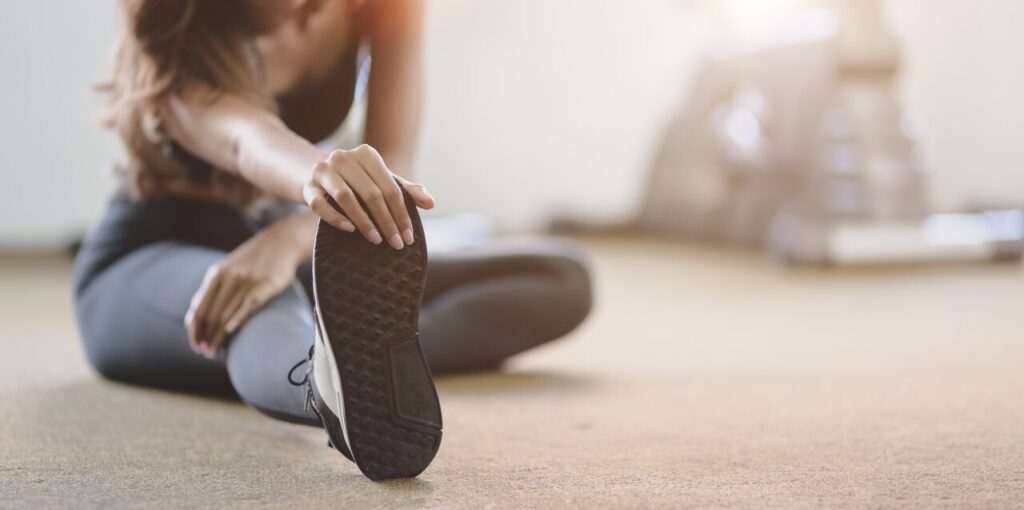
- Length of time: First of all, it’s better to do a few short and intense workouts than one long workout. With skipping rope, you are working your body harder than with other cardiovascular activities. Therefore, it is best to keep your sessions shorter and more frequent to maintain a good endurance level.
- Ergonomic position: Second, you mustn’t skip rope in a way that puts strain on your joints. If you have problems with your knees or ankles, you should pay special attention to how you jump rope. If you are having any pain or discomfort, stop skipping immediately and talk to your doctor.
- Form: You also want to make sure that you use the proper form when skipping. Your body will give off the energy and intensity and help build muscle to do all of the work correctly. If your arms are moving around too much, it takes away from the workout and could be dangerous. A good posture will keep your body producing the energy you need while jumping and will help to keep you safe.
- Shoes: Another thing that can be harmful to your lower body is not wearing shoes during your workout. Not only is it uncomfortable, but it could also put you at risk for injuries.
What is the Best Jump Rope for Building Muscle?
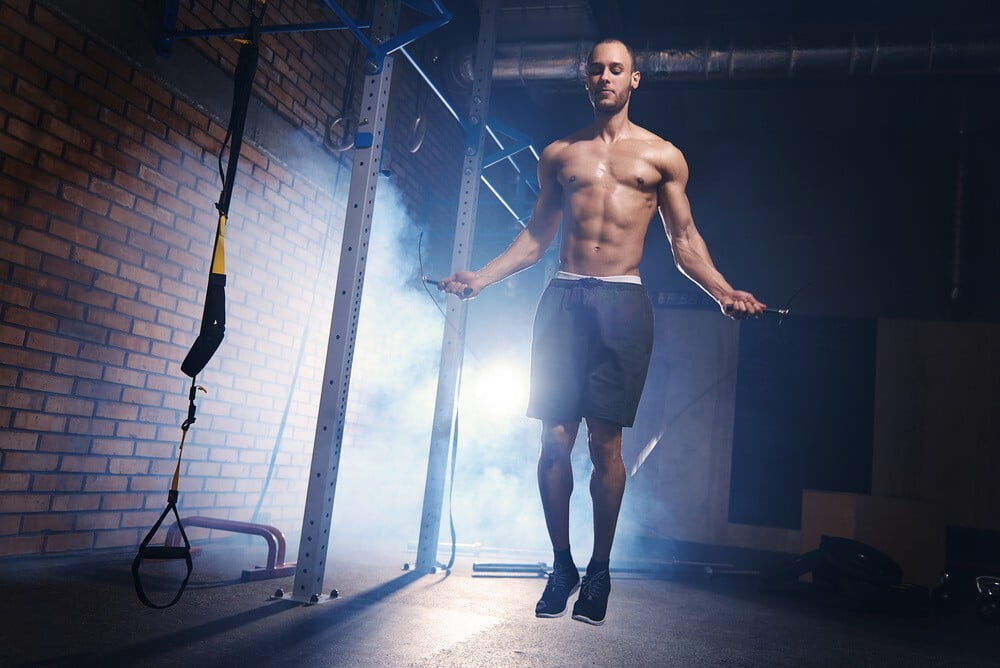
Jump Rope is a great cardio workout for any level of exercise. With all the different types of jump rope to choose from, there is something here for everyone.
The high-speed world of jump rope can be hard to get into but not impossible. Jump rope requires mobility, and you have to let your body learn how to do the skipping from scratch.
To build muscle, use weighted jump ropes. These heavy ropes work your muscles harder to move. Use a speed rope to increase the challenge of your workout.
To choose the best jump rope for muscle building, you must consider how it will be used, the intended purpose, and any unique features or benefits you would like to consider. It is important to find a jump rope that is not too heavy, too light, or too long.
The length should be right for your height and build. You should also consider if you want a cable-based or standard jump rope.
By incorporating jumping rope into your workouts to increase your cardio output and calorie burn, you can get leaner and more toned.
Final thoughts
Skipping ropes can be an effective exercise and are a great way to build muscle.
Incorporate strength workouts with your skipping exercises. As you progress, you will notice that you can improve and increase the intensity of your workout. It’s a good idea to take breaks regularly so that you don’t tire yourself out and lose progress.
You won’t just see the benefits of jumping rope but feel them as well. A great cardio workout that keeps your body in shape and ready for the next workout is what you need, and skipping rope will help you achieve that.
Build muscle, burn fat, and improve your heart rate the fun and easy way. It is time to get your jump rope on and start getting in shape!
What are your experiences with skipping rope? Do you have any tips or techniques that work great for you? Let us know in the comments section below.
